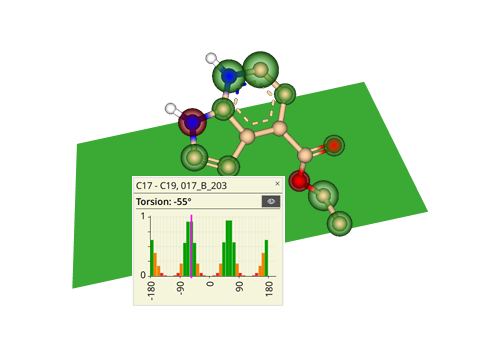

An average of 36.5% of the studies included reports on experimental evaluations following virtual screening.

Among the computational techniques, DFT was the least applied whereby it only accounts for 0.02% average use. Following the screening process, 38.5% of the studies performed MD simulations to complement the virtual screening and GROMACS with 39.3% usage, was the popular MD software program. Structure-based virtual screening (SBVS) was the most prominently used type of virtual screening and it accounted for an average of 57.6%, with AutoDock being the preferred virtual screening/molecular docking program with 41.8% usage. Among these, the ZINC database was the most widely preferred with an average use of 31.2%. To represent the latest trends, the most recent data obtained was between 20, consequently the most frequently employed techniques and software programs were recorded. The overall goal of this project is to overcome drug resistance and develop new anti-cancer therapies. Furthermore, we evaluated the studies that subsequently performed molecular dynamics (MD) simulations and we reviewed the software programs applied, the application of density functional theory (DFT) calculations and experimental assays. Small molecules to promote Epidermal growth factor receptor protein degradation. The primary focus of this review was on the databases screened, virtual screening and/or molecular docking software program used. RNA sequencing revealed that inhibition of cystineglutamate exchange leads to activation of an ER stress response and upregulation of CHAC1, providing a pharmacodynamic marker for system x c inhibition. On SciFinder®, we evaluated more than 600 publications through systematic searching and refining, using the terms, virtual screening software methods computational studies and publication year, in order to obtain data concerning particular aspects of CADD. In this study, we report that the small molecule erastin is a potent, selective inhibitor of system x c. Several approved drugs have been developed with the aid of CADD. A method of screening a small molecule compound for use in treating Alzheimers Disease, comprising screening a test compound against a target or targets selected from the gene products encoded by a group of specified genes, where activity against said target indicates the test compound has potential use in treating Alzheimers Disease. The statistical significance of the difference between two groups was determined using the Students t test. The IC 50 and K i values were calculated using regression analysis. Computer-aided drug design (CADD) is one of the pivotal approaches to contemporary pre-clinical drug discovery, and various computational techniques and software programs are typically used in combination, in a bid to achieve the desired outcome. Finney 4 and Evans 5 explored disproportionate adverse event reporting, and this concept is the basic foundation for various data mining methods the FDA currently. Statistical and data analysis were conducted using the SAS 8.2 software package (SAS Institute Japan, Ltd., Tokyo, Japan).


 0 kommentar(er)
0 kommentar(er)
